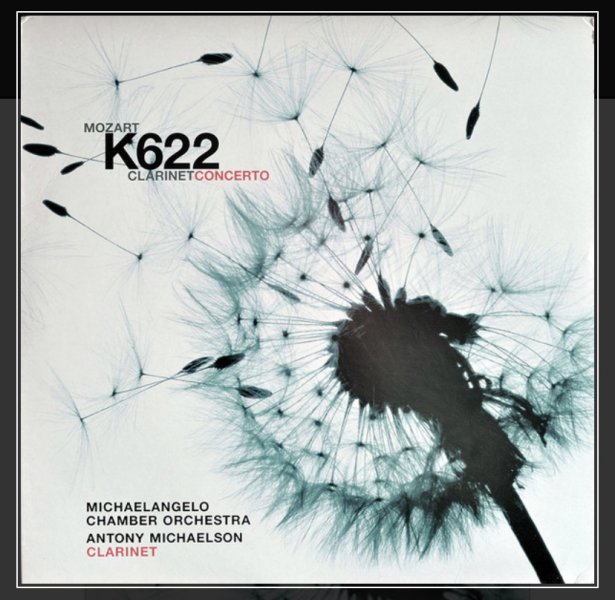You seem to be saying both. Both of which I disagree with. And they're not mutually exclusive. I can certainly understand if someone has a preference for vinyl (OR digital) given their experiences. Maybe they've never had the opportunity to hear good digital/vinyl, maybe they are basing their preference on widely different levels of gear, and maybe they just like to believe their way is better than another way. Human nature.Which is it? Am I saying that my preference for vinyl over digital may be due to my genetic makeup, that different genetic makeups may be what determines which (analogue or digital) playback system any individual prefers, and that I hope a radiologist with access to a PET scan and volunteers from this website does the experiment to find out? Or am I saying that in all cases digital audio is not emotionally involving but that vinyl is? Try not to push your agenda in your answer.
But, I think the notion that a preference for vinyl or digital playback could be reliably tested with a PET scan is really shaky -- just as is the Liberal/Conservative PET study. Studies like this seem to driven by an agenda to classify people and their behaviors into neat boxes -- or maybe it's just academic busy work.
Idea for a useless Phd study: use PET scans to correlate political persuasion with vinyl/digital preference.
Last edited:







